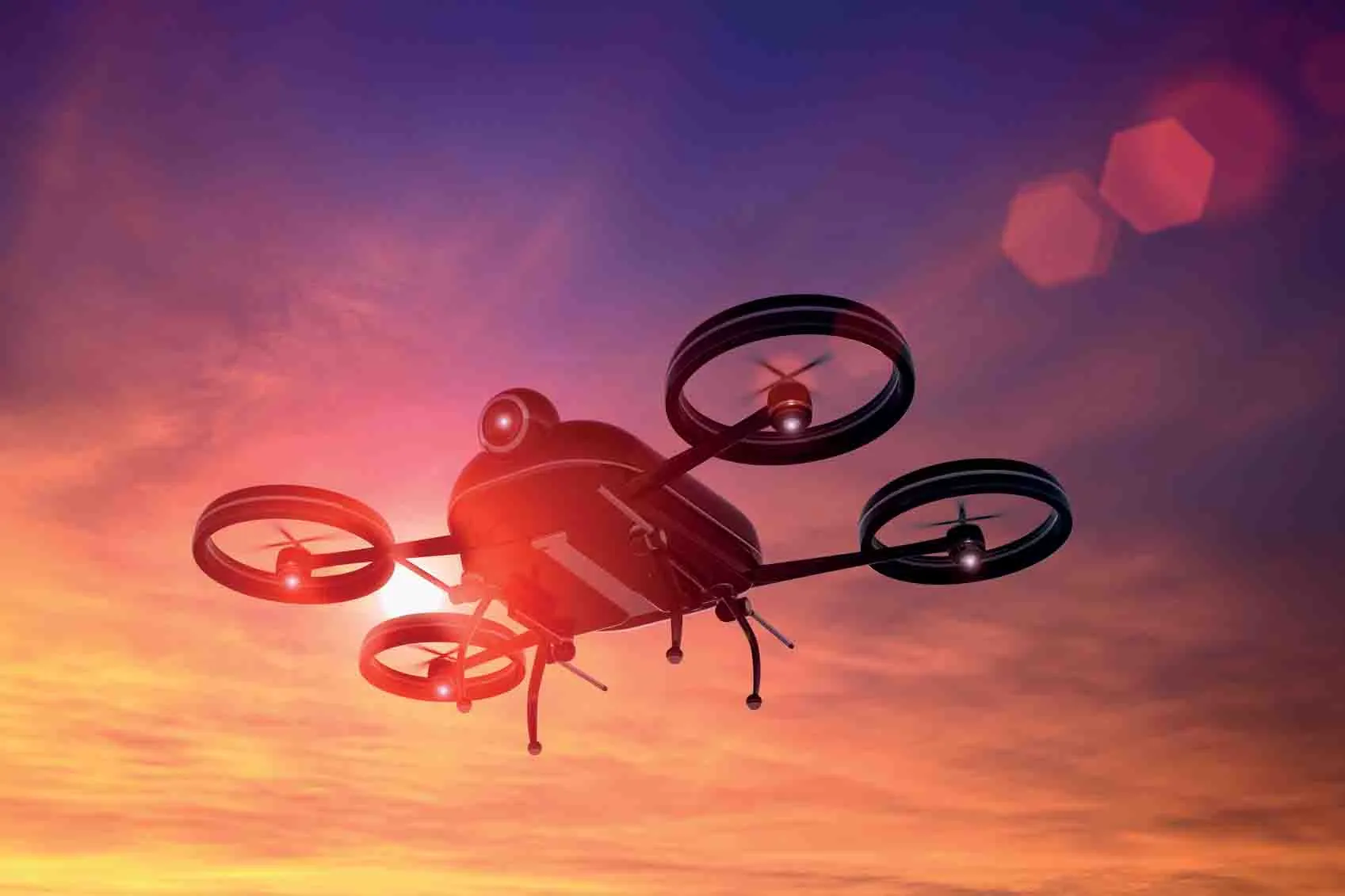The Porokello app – Reindeer Bell - alerts users of reindeer possibly on the road by sound and colour in real time using geographic data, according to Finland’s Centre for Economic Development, Transport and the Environment of Lapland. Tests have been carried out since June 2016 when the centre started recruiting commercial drivers to try the app. When they come across reindeer either on the road or beside it, they use the app to send out a message that is readable by other drivers who also have the app.
The centre says that the goal is to halve reindeer accidents by 2020, something that has been happening since testing of the app began last year. There were 3,470 reindeer accidents in 2016, which is 838 less than the previous year’s 4,308. The centre says that what makes the Porokello service successful is the extensive numbers of warners. The more than 1,800 professional drivers who give out reindeer warnings through Porokello have received training in using the app and a stationary smartphone for their vehicle. Reindeer warnings have been available since November 2016 in the V-Traffic service that reaches over half a million road users in Finland through navigation devices and a mobile app. Between 50 and 1,000 warnings were sent out each day, based on sightings of reindeer. Porokello is a research and development project administrated by the centre and is part of the Aurora Network.
Porokello app cuts down reindeer accidents
Drivers in Finland now have access to a downloadable reindeer-on-road warning app for their iOS and Android smartphones.
The Porokello app – Reindeer Bell - alerts users of reindeer possibly on the road by sound and colour in real time using geographic data, according to Finland’s Centre for Economic Development, Transport and the Environment of Lapland. Tests have been carried out since June 2016 when the centre started recruiting commercial drivers to try the app. When they come across reindeer either
March 28, 2018
Read time: 2 mins
Drivers in Finland now have access to a downloadable reindeer-on-road warning app for their iOS and Android smartphones.







